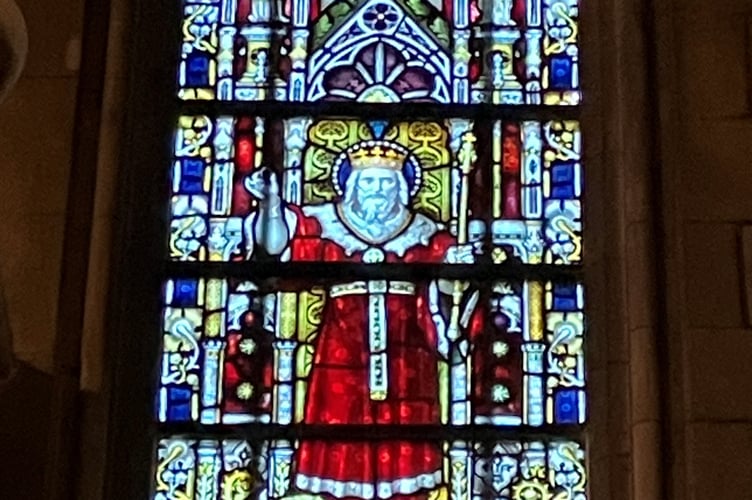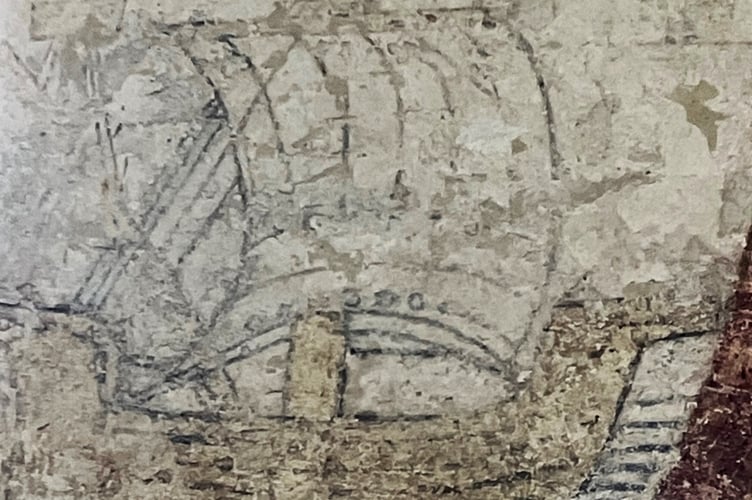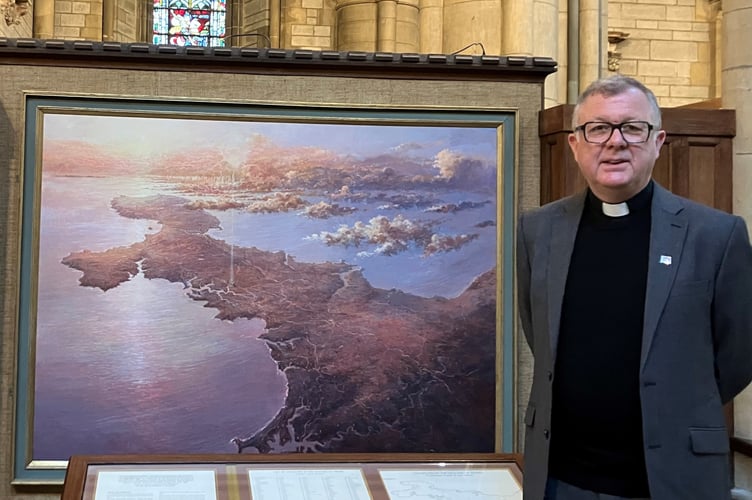JOHN Miller’s painting ‘Cornubia’ is a popular attraction in Truro Cathedral, writes Judith Field.
Its striking birds eye view of Cornwall celebrates saints like Piran, Maudez and Ia who journeyed from Ireland, Wales or Brittany, mainly in the 4th to 7th centuries.
Their names stuck to Cornish villages – Perranporth, St Mawes and St Ives for example – but their enduring influence didn’t stop at geography. In converting Cornish pagans to the Celtic rites of Christianity, rather than the Roman ones found elsewhere, they laid the foundations for the cultural distinctiveness of Cornwall that we still recognise today.
Over hundreds of years, the saints were remembered and the churches where they had preached or were buried became popular places for pilgrimage, particularly in the Middle Ages. Both rich and poor took part, the poor begging along the way.
There is a famous story that Anglo-Saxon King Edward the Confessor (1003 – 1066) was embarrassed by having no coin to give one such beggar, so he took off his gold ring and gave him that instead. The beggar eventually reached Jerusalem, still with the ring, and gave it to two returning pilgrims who restored it to King Edward – an outcome so surprising that it is commemorated in a window in Truro Cathedral.

As well as spiritual fulfilment, pilgrims could expect to meet interesting people, visit new places and absorb the beauty of nature as they walked, rode or sailed along for days, weeks or even months.
A beautiful 15th century wall painting at St Breaca’s Church, Breage, invokes St Christopher’s protection for travellers on an international route - a galleon waits off the coast, bound for Spain with pilgrims to Santiago de la Compostela. Even souvenirs were available, in the form of badges which pilgrims pinned to their hats.
Pilgrimage was an adventure that could be dangerous. Robbers lurked along the highways and shipwreck was a significant risk, but there were incentives too – many shrines claimed to heal illnesses and several had “indulgences” on offer. At a time when people feared that their sins would result in years of torment in purgatory after their deaths, an indulgence offered a reduction in penance, and even a complete pardon.

This was the prize for reaching Jerusalem, and more locally, could have been obtained in 1400 by visiting Bath, Plympton or Truro, courtesy of Pope Boniface IX. Visiting Exeter Cathedral in the early 1500s, by comparison, reduced your term in purgatory by a mere 54 years.
As Chaucer said in ‘The Canterbury Tales’, once the spring comes in April, “people long to go on pilgrimages.” If you have a yearning for something more authentic than chocolate this Easter, why not give it a go? The 27-mile Saints’ Way (Padstow to Fowey) might seem a bit ambitious, but a range of two to seven mile family routes can be found by searching “pilgrim explorer Cornwall” online.
For those who prefer the inspiration without the walking, a full range of Easter services is available at www.trurocathedral.org.uk




